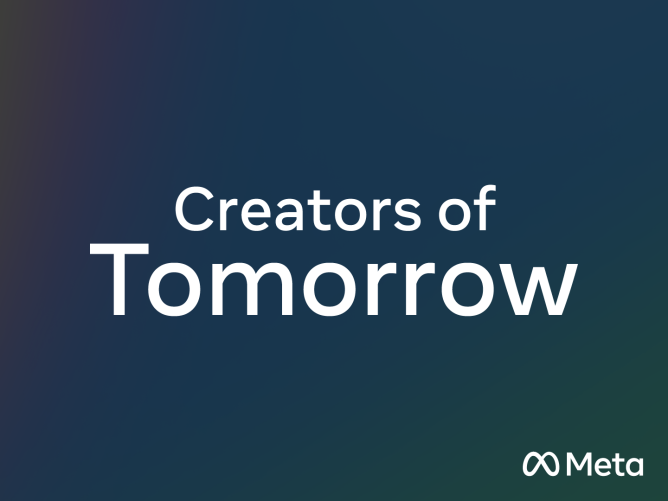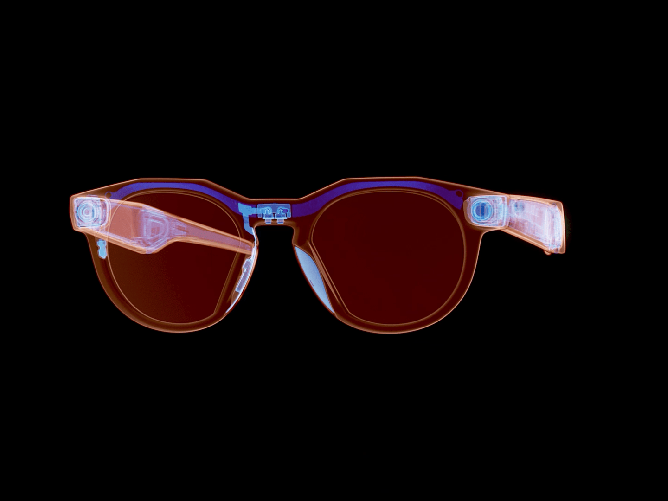
Will Selviz is an Afro-Caribbean multidisciplinary designer who specializes in immersive media technologies. He is the founder of RENDRD Media, an organization that brings storytelling to life through animation and RENDRD Foundation, a nonprofit group leveling the playing field for BIPOC communities in digital design. Born in Venezuela and now residing in Canada, Will’s work as both an artist and change-maker is inspired by his culture and upbringing.
We teamed up with Will and Artscape Daniels Launchpad to host an event exploring the next generation of technologies that creators are using to express themselves and their culture in new ways, and how to address the barriers of entry that might prevent underrepresented communities from establishing their presence in digital spaces.
Tell us about your journey as an artist. Have you always been creating in 3D?
I actually started as a traditional artist; I was into drawing and painting. I was all self-taught throughout my early years and got into photography as well. Then I discovered 3D animation and augmented reality (AR) around 10 years ago.
When I discovered AR, I began creating postcards and scavenger-hunt games for friends and family. But, at the time, I felt AR was missing a super important element — the social aspect. The opportunity to share creations with multiple people at once like you can today on Instagram. Now with Meta Spark technology, I can share an AR experience that I created on my computer to someone else’s cell phone in any part of the world, and anyone can generate my 3D model in their living room or in the middle of the street.
However, at the time my biggest hurdle was the hardware I was using and the money it would take for me to really get into it. I made the decision to take a break from my dream of pursuing a career in 3D animation and dedicated myself to photography and videography to save up for a proper computer that I could design 3D animation with.
Today, I work in 3D animation, virtual reality, augmented reality and immersive media. I like technology that can help us express ourselves a lot better or be ourselves in a digital realm.
How do you use art to explore and showcase your culture?
A lot of my work is understanding where I come from, because my family doesn’t have the records to go back multiple generations. It’s been self-exploratory and self-healing, in the sense that through the work I’m doing and seeing other people do, I’m also making sense of my family’s history. So self-exploration is one part of it.
The other part of it is reclaiming memories of home by rebuilding them in 3D, whether that’s in AR installations or in 3D animations, since I haven’t been able to go back to Venezuela in almost 12 years. I started by creating digital postcards that recreated actual places that I grew up going to. For example, the Guacharo Cave is a national park near my hometown in Venezuela, which I recreated in 3D and sent to people as a digital postcard. While I might not be able to go back right now, creating this allows me to still participate in some way.
Another one is the Diablo de Yare mask, which I created in 3D based on a 400-year-old tradition from my region. Using 3D sculpting and painting has allowed me to participate in this tradition, be part of my culture and share it with people around the world.
I also love to pay tribute to iconic artists that inspire me. “Homeaway: Embracing & Dismissal” is an AR homage to Venezuelan artist Jesús Rafael Soto and Afro-Caribbean artist José Bedia and reflects the immigrant experience while serving as a reminder of the ever-changing meaning of “home.”
How are you removing barriers of entry for the next generation of 3D creators?
I started RENDRD Foundation because I noticed there was a lot of demand from my community to learn 3D skills that wasn’t being addressed. And I realized that it came down to a barrier of entry with hardware and software.
As I mentioned, when I first got into 3D work in 2012, I struggled to invest in the needed tools, and it took me six years to catch up. I realized if I can help remove those barriers for emerging creators so they don’t have to put any money towards these tools, then that’s fast-tracking a lot of people into this space.
For me, it is about democratizing tools to the level that anyone can pay a subscription and start using a service to learn. And that is something that’s been possible with things like Meta Spark and all these tools that allow you to literally go from having no knowledge of 3D animation to being able to use free tools that run on most devices. At the end of the day, the idea is demystifying and deconstructing these tools and making it fun to learn how to use them.
In the past year, I’ve been working with youth ages 12 to 18 to design learning solutions that cater to their interests and needs. Whether it’s gaming or sneaker design, it’s all about providing them with access to 3D design tools so they can start creating their own digital spaces and be part of building the metaverse.
Learn more about Will on Instagram.
“Entropy in Protopia” is Will’s latest work exploring themes of belonging, cultural preservation and speculative futures through an afro-surrealist lens.
The post Creators of Tomorrow: Immersive Media Designer and Afrofuturist Will Selviz appeared first on Meta.















 English (US) ·
English (US) ·